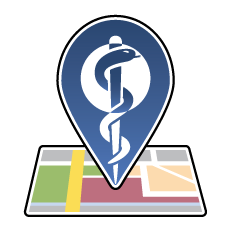Social: #CEHSM
Twitter: @AcademyEyeSmart
Facebook: @AcademyEyeSmart
Website: aao.org/eyesmart
As children spend more time tethered to screens, there is increasing concern about potential harm to their visual development. Ophthalmologists – physicians who specialize in medical and surgical eye care – are seeing a marked increase in children with dry eye and eye strain from too much screen time. But does digital eyestrain cause lasting damage? Should your child use reading glasses or computer glasses? As you send your kids back to school this month for more time with screens and books, the American Academy of Ophthalmology are arming parents with the facts, so they can make informed choices about their children’s eye health.
It’s a fact that there is a world-wide epidemic of myopia, also known as nearsightedness. Since 1971, the incidence of nearsightedness in the US nearly doubled, to 42 percent. In Asia, up to 90 percent of teenagers and adults are nearsighted. Clearly, something is going on. But scientists can’t agree on exactly what.
Here are 10 tips to help protect your child’s eyes from computer eyestrain:
Set a kitchen timer or a smart device timer to remind them.
Alternate reading an e-book with a real book and encourage kids to look up and out the window every two chapters.
After completing a level in a video game, look out the window for 20 seconds.
Pre-mark books with a paperclip every few chapters to remind your child to look up. On an e-book, use the “bookmark” function for the same effect.
Avoid using a computer outside or in brightly lit areas, as the glare on the screen can create strain.
Adjust the brightness and contrast of your computer screen so that it feels comfortable to you.
Use good posture when using a computer and when reading.
Encourage your child to hold digital media farther away, 18 to 24 inches is ideal.
Create a distraction that causes your child to look up every now and then.
Remind them to blink when watching a screen.
“I prefer to teach kids better habits, instead of supplying them a crutch like reading glasses to enable them to consume even more media,” said K. David Epley, M.D., clinical spokesperson for the American Academy of Ophthalmology. “If you run too far and your legs start hurting, you stop. Likewise, if you’ve been reading too long or watching videos too long, and your eyes start hurting, you should stop.”
American Academy of Ophthalmology
P.O. Box 7424
San Francisco, CA 94120-7424
(415) 561-8534
media@aao.org
aao.org/eyesmart
Materials available
Contact: Beatrice Shelton
Source: 2019 National Health Observances, National Health Information Center, Office of Disease Prevention and Health Promotion, U.S. Department of Health and Human Services, Washington, DC.

